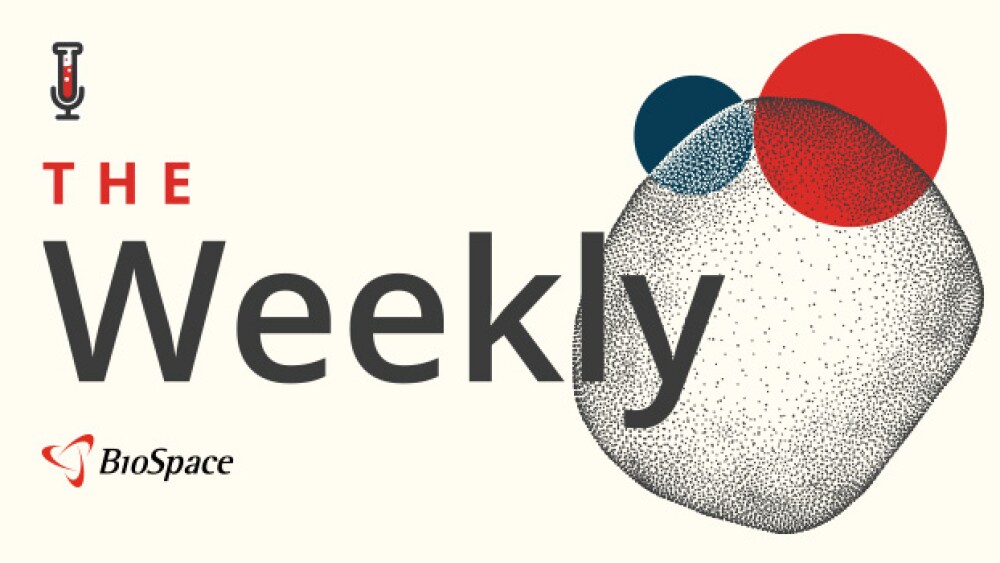The arms race between effective antibiotic prophylaxis and closely related strains or species of bacteria is continually escalating. Bacteria can quickly develop genetic resistance to a range of antibiotic treatments – genes that can spread though horizontal conjugative transfer due to antibiotics used in medicine and animal feed, as well as increasing presence in the environment (for example, water supplies and wastewater seepage). Moreover, this pattern can reach global levels in the emergence of so-called superbugs that can be extremely difficult to treat. Recently, scientists at the Key Laboratory of Risk Assessment and Control for Environment and Food Safety, at the Institute of Health and Environmental Medicine in Tianjin, China investigated the role of nanomaterials in conjugative gene transfer between bacteria. In addition, they studied the mechanisms associated with related morphological, biochemical, and molecular biological changes. They found that nanoalumina (a form of aluminum) in water promotes such transfer of multidrug-resistant genes. They concluded that their findings are important in assessing the environment risk of nanomaterials in the manufacture and deployment.




